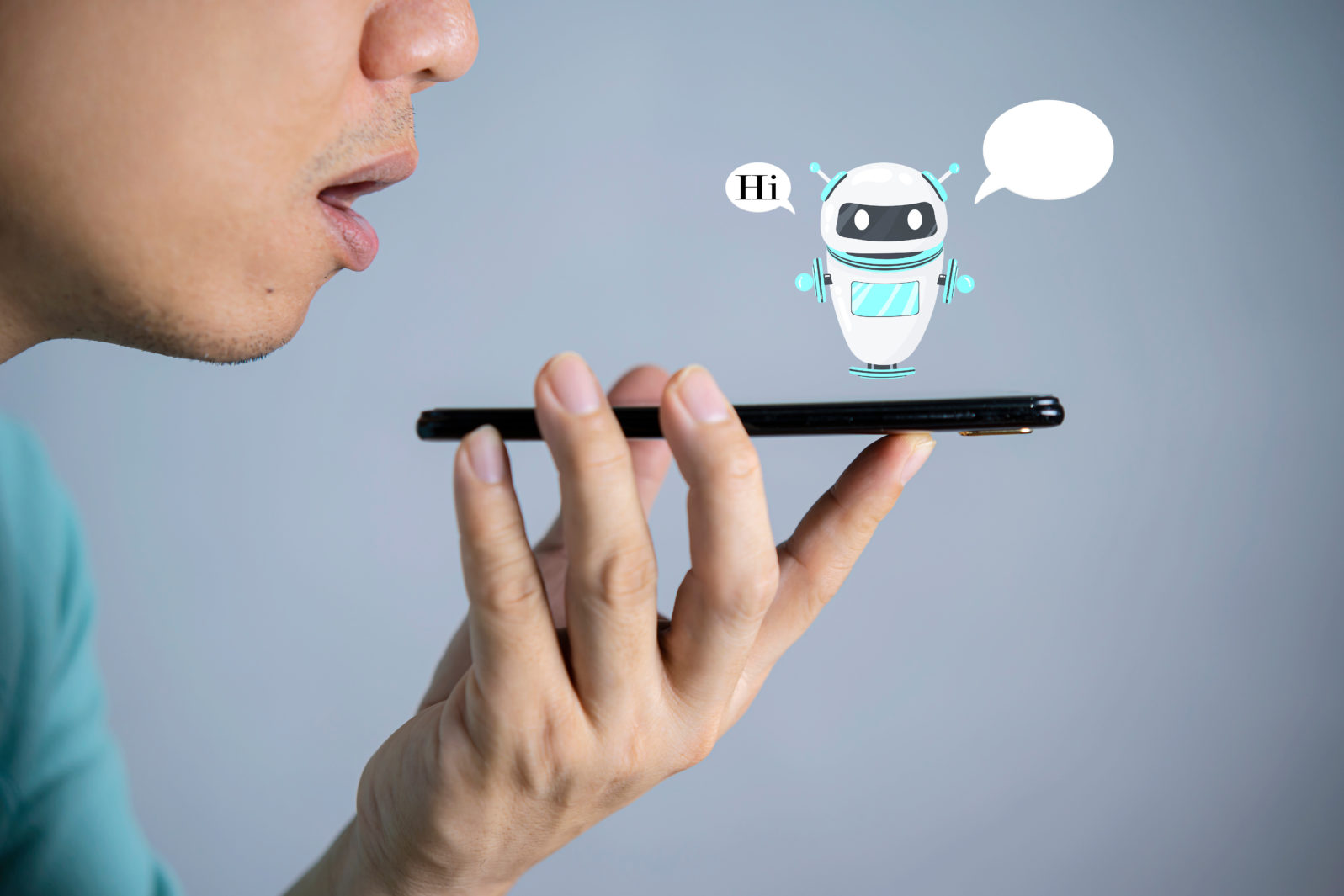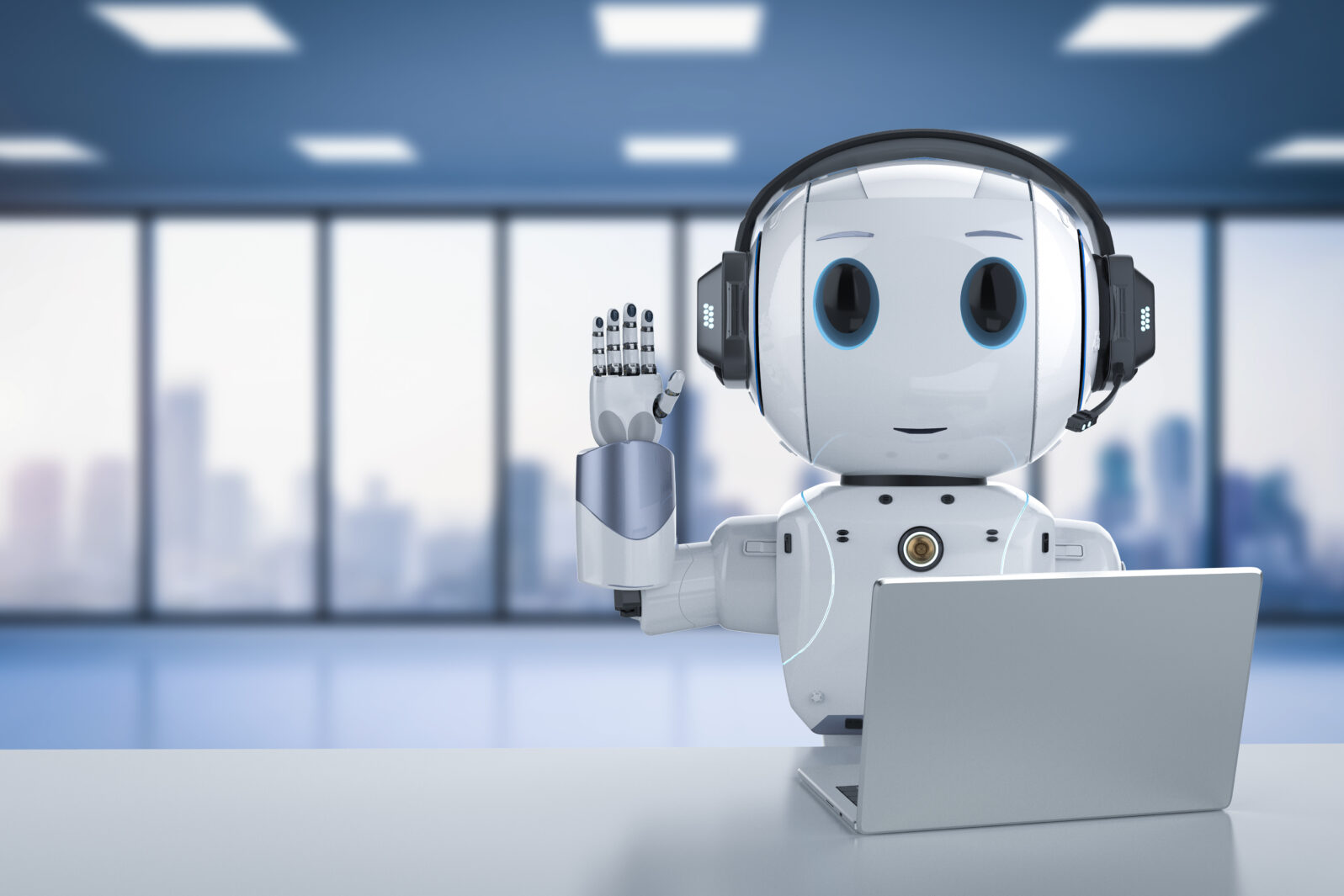Psychology Researchers: AI Showed Imitation, Not Innovation
Testing children and adults against chatbots, the researchers found that the chatbots could match things up but struggled to solve problems on their ownHave you ever suspected that a good deal of what hear about AI rendering humans obsolete is, well, hype? Apparently some people at the Association for Psychological Science have been wondering about that too.

Enterprising researchers have just published a study in one of their journals, Perspectives on Psychological Science, that distinguished between imitation, which AI does very well, and innovation which … we will let them tell the story:
AI language models like ChatGPT are passively trained on data sets containing billions of words and images produced by humans. This allows AI systems to function as a “cultural technology” similar to writing that can summarize existing knowledge, Eunice Yiu, a co-author of the article, explained in an interview. But unlike humans, they struggle when it comes to innovating on these ideas, she said.
“Even young human children can produce intelligent responses to certain questions that [language learning models] cannot,” Yiu said. “Instead of viewing these AI systems as intelligent agents like ourselves, we can think of them as a new form of library or search engine. They effectively summarize and communicate the existing culture and knowledge base to us.”
Association for Psychological Science. “Artificial intelligence systems excel at imitation, but not innovation.”: ScienceDaily. ScienceDaily, 12 December 2023. The paper is open access.
The researchers tested 42 children, 3 to 7 years old, and 30 adults by giving them descriptions of familiar objects, an imitation task. Eighty-eight per cent of the children and 84% of the adults could correctly pair objects. For example, a compass pairs with a ruler rather than a teapot.
Then they tested participants on innovative use of the objects. For example, when asked to draw a circle without using a compass, they had a choice between a ruler, a round-bottomed teapot, and a stove. The majority chose the teapot, whose bottom could be used to trace a circle. While the ruler is a drawing tool, circles is just what it does not do, and a stove isn’t relevant in any way.
How did the five large language models (LLMs or chatbots) do? They did reasonably well on the imitation task, with scores of 59% through 83% (worst to best model). But on the innovation task, AI scores really tanked, from 8% through 75% (worst to best).
“AI can help transmit information that is already known, but it is not an innovator,” Yiu said. “These models can summarize conventional wisdom but they cannot expand, create, change, abandon, evaluate, and improve on conventional wisdom in the way a young human can.”
Association for Psychological Science. “… imitation, but not innovation.”
The paper concludes,
There would be no progress without innovation—the ability to expand, create, change, abandon, evaluate, and improve on existing knowledge and skills. Whether this means recasting existing knowledge in new ways or creating something entirely original, innovation challenges the status quo and questions the conventional wisdom that is the training corpus for AI systems. Large language models can help us acquire information that is already known more efficiently, even though they are not innovators themselves. Moreover, accessing existing knowledge much more effectively can stimulate more innovation among humans and perhaps the development of more advanced AI. But ultimately, machines may need more than large-scale language and images to match the achievements of every human child.
Yiu, E., Kosoy, E., & Gopnik, A. (2023). Transmission Versus Truth, Imitation Versus Innovation: What Children Can Do That Large Language and Language-and-Vision Models Cannot (Yet). Perspectives on Psychological Science, 0(0). https://doi.org/10.1177/17456916231201401
Why chatbots flunk innovation
Computation is not innovation or creation and we don’t have any particular reason to expect that simply increasing the computing power of a large language model (LLM) will cause it to start innovating. Generally, it depends on what humans have already done and published on the internet. That can be very clever but it isn’t new.
Computer engineer Eric Holloway noted here recently, “While ChatGPT appears to create original content, the content becomes repetitive over a long enough interval.” One serious risk of a non-innovative system is model collapse, where it craters from mere repetition to garble.
As computer engineering prof Robert J. Marks puts it in his book Non-Computable You (Discovery Institute Press, 2022), artificial intelligence is not, in principle, more creative than a pencil. You can use a pencil — but the creativity comes from you. However, with AI, clever programmers can conceal that fact for a while.
You may also wish to read: Why human creativity is not computable. There is a paradox involved with computers and human creativity, something like Gödel’s Incompleteness Theorems or the Smallest Uninteresting Number. Creativity is what we don’t know. Once it is reduced to a formula a computer can use, it is not creative any more, by definition.
